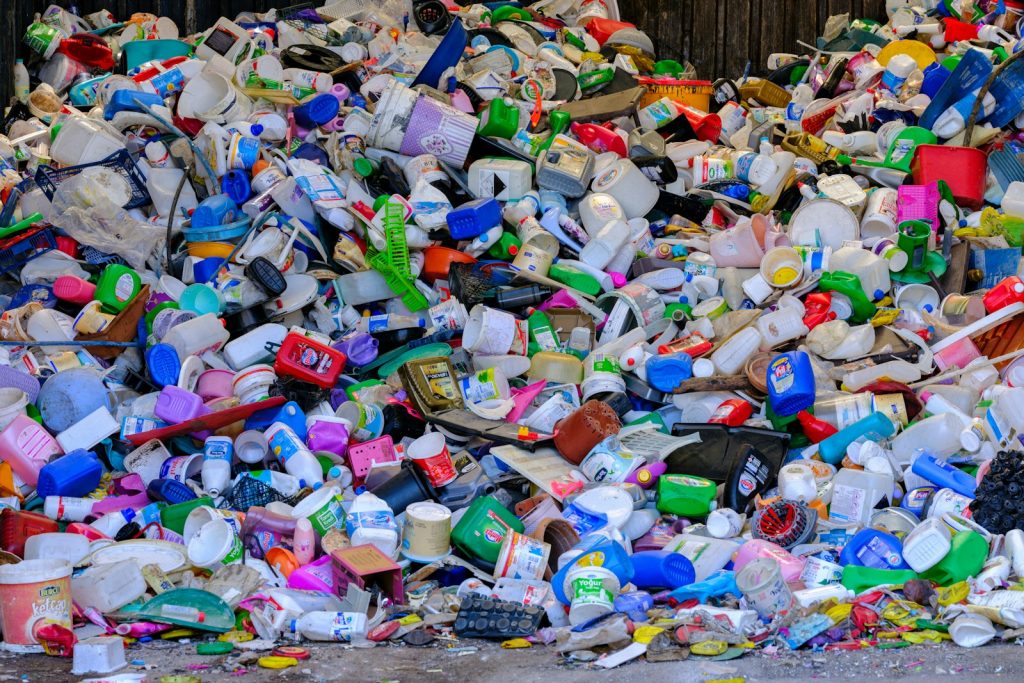Guess what folks the future is here and now. Not because someone has created a great new product, but because the future is being forced upon us at an alarming rate. We as designers have a monumental task laid before us. It is up to all of us to set the pace to innovate and radically change the world around us.
All estimates at this point are indicating that we as a global community have between six and ten years before the climate takes a noticeable and rapidly accelerating tip towards making life on Earth quite a bit less pleasant for all of us. As many people may have seen An Inconvenient Truth (if you haven’t, do so this week) there is a growing urgency in the scientific community in regards to climate change and the effects it will have on all of us. If you are still in doubt, the scientists aren’t, please review the reports at the Intergovernmental Panel on Climate Change (IPCC). But where do we as designers fit into this problem?
When I was an Industrial Design student at San Jose State University there were underlying discussions about environmentally friendly materials, reduction of moving parts to increase life of a product, recyclability of products and many other concepts that would result in not only better products, but products that were better for us in the global sense. I would urge every designer that touches a product for manufacture, or as a consumer, to consider several questions:
- How long will someone use this product (it’s useful life)?
- Is there a way to extend the useful life?
- What is the recyclability of the product?
- What is the recyclability of the packaging?
- Are there alternate materials that would make it more recyclable?
- What is the impact of producing, using, and disposing of this product?
- Does making it more recyclable hurt the cost of producing the product?
- Does making the product more cheaply affect these answers?
- Is this product worth producing in light of these questions?
The way I see it there are two factors that determine a company’s desire to change; profitability, and regulation. A capitalist economy is driven buy profit, if a company can’t make a profit by doing something, or will incur a loss as a result of making a change it will avoid the loss. Regulation seeks to impose rules that will force corporations into making the hard decisions. Maybe it’s a way for the companies to assuage the stockholders, “they made us do it, that’s why you lost money”. There are a few clear indicators that seem to point out that companies are in no hurry to change how they do business unless they are forced to. Until the scientific evidence floods our homes, literally, designers have an opportunity to make a difference. We can make conscious decisions that will positively affect the products that we touch. Not only in the design and production of products, but our consumer purchases as well.
